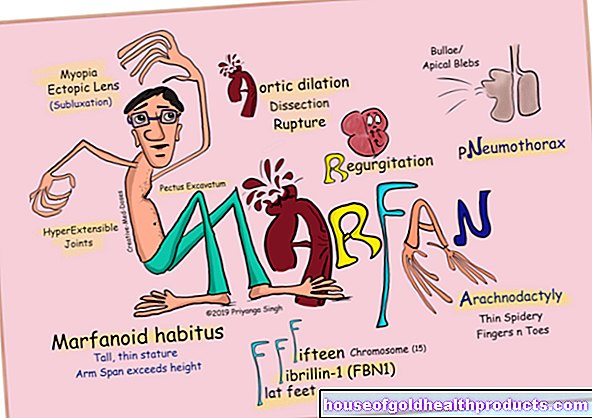Incontinence: Pelvic floor training helps
All content is checked by medical journalists.MunichA therapy against incontinence without side effects? There really is: pelvic floor training. A large meta-study shows: women who strengthened their muscles in this area were eight times more likely to feel cured of incontinence.
Researchers from the University of Montreal evaluated 18 studies involving a total of 1,051 women with various forms of incontinence. 541 women participated in a program of pelvic floor exercises under supervision, 510 women belonged to the control group, who received either no therapy, placebo or a dummy treatment.
Strongest effect on stress incontinence
Improvements could be achieved above all in stress urinary incontinence. With this most common form of incontinence, those affected lose urine, especially during physical exertion, for example coughing or lifting heavy objects. Of the total of 165 women who took part, 82 had specifically trained the pelvic floor with this form of incontinence - 46 of them were after all symptom-free afterwards. There were only five in the control group. If not cured, many women found relief from the gymnastics - 17 times more than those who hadn't trained. With other forms of incontinence, such as urge or mixed incontinence, it was still twice as many who felt relief.
Long lasting effect
Two of the studies suggest that the effects of pelvic floor exercises are long-lasting. One year after training, positive effects of the treatment were still detectable in the women.
The great advantage of pelvic floor training compared to other treatments, for example with medication: there are hardly any undesirable effects. Only four of the 541 trained women reported feeling uncomfortable during the exercises. Pelvic floor training has now been included in the official treatment recommendations for stress urinary incontinence (S2 guidelines) with the highest level of recommendation.
Physical exertion as a trigger
With incontinence, those affected are no longer able to hold urine and pass it in a controlled manner. The causes can be very diverse. Most of the time, the finely tuned system of bladder muscles, sphincters and pelvic floor muscles no longer works properly. Urge incontinence patients experience a sudden, frequent need to urinate even though the bladder is not full. Mixed incontinence is a combination of stress and urge incontinence. (away)
Source: Dumoulin C. et al .: Pelvic floor muscle training versus no treatment for urinary incontinence in women, Cochrane Database, May 14, 2014
Tags: sleep vaccinations healthy workplace
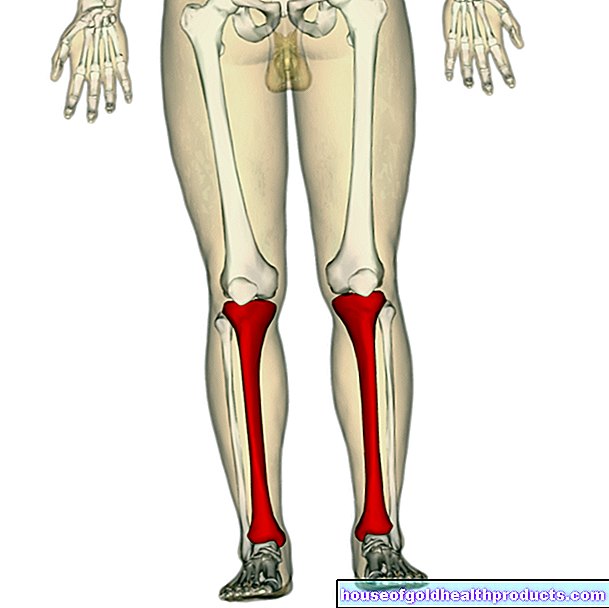
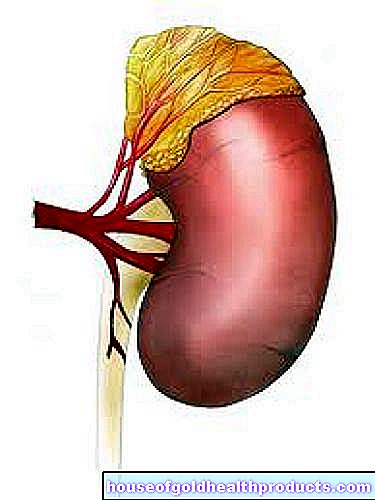


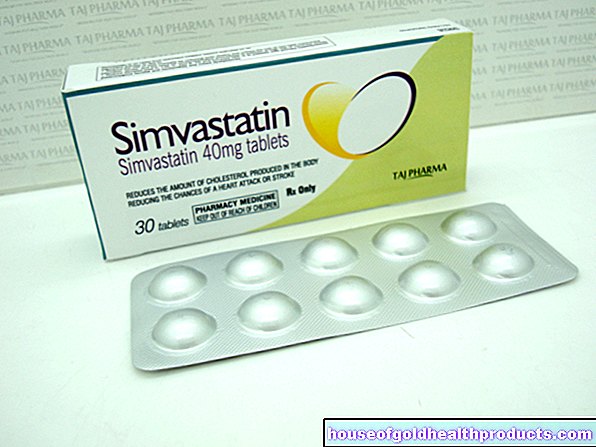

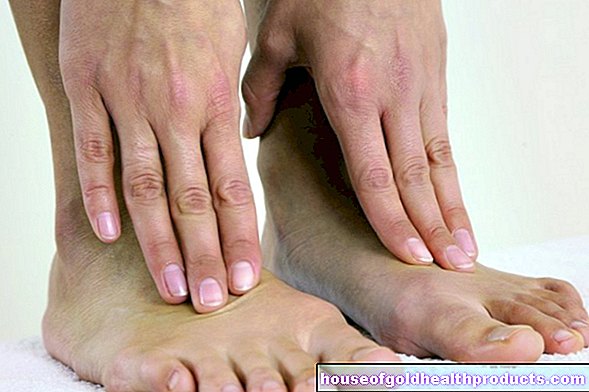












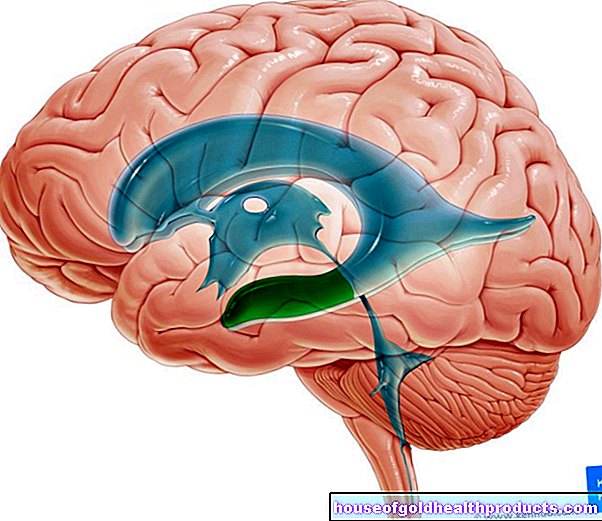




.jpg)



